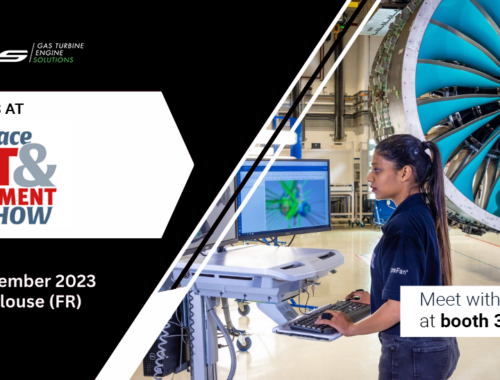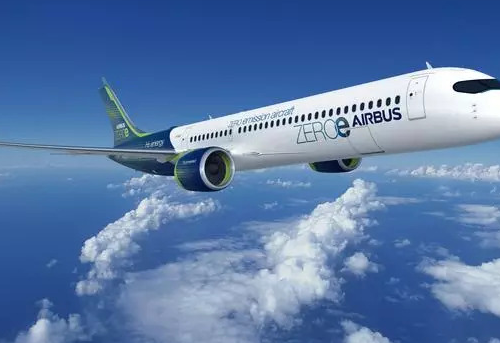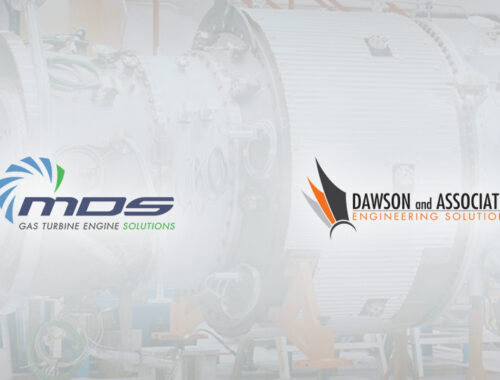SAE 2011 International Conference on Aircraft and Engine Icing and Ground Deicing
In June 2011, MDS and the National Research Council of Canada presented at the SAE 2011 International Conference on Aircraft and Engine Icing and Ground Deicing in Chicago, Illinois. The conference was for those in the industries of aerospace, aviation, and meteorology to discuss safe flight and operations in icing conditions. Simulation, protection, detection, fluids, training, and regulatory practices related to engine icing and ground deicing were the main topics of papers and presentations that were submitted.
John Jastremski, Vice President of Sales and Marketing at MDS, and James MacLeod of the National Research Council of Canada (NRC) presented information on the development of a unique icing spray system. The system was designed for use in a new icing test facility in order to meet large engine testing requirements. The facility, known as The Global Aerospace Centre for Icing and Environmental Research (GLACIER), was built in partnership with the NRC, Pratt & Whitney Canada, and Rolls-Royce Canada for icing testing and certification of aviation gas turbine engines.

Glacier is a direct connect icing tunnel configuration, with a spray mast located inside the tunnel. The system produces a realistic cloud of water droplets by injecting water into the airstream using pneumatic spray nozzles. The size of the water droplets is a function of the water flow, air pressure ratio, and the spray nozzle design. The atomizing of the water by the spray nozzle can be manipulated to yield water droplets with known diameters. An icing cloud is the result of the temperature in the tunnel being below the freezing point of water, causing the droplets to supercool.
The design of the spray system evolved from knowledge acquired by the NRC, who have been developing spray systems for close to 70 years. However, since Glacier is a large outdoor test facility, there were certain aspects of the application that made the design difficult. Firstly, previously designed tunnel equipment had to be recreated on a much larger scale. Secondly, supporting equipment (other systems) had to be in place to protect the spray system for operation in extremely low temperatures. A heating system was implemented to prevent the water from freezing inside the various components during operation, idle, and shutdown.

The criteria used to create the spray system included: airflow capacity, water control and air control systems, spray nozzle type, nozzle spacing, nozzle calibration, spray bar heating, flow blockage, engine diameter, droplet size range, liquid water content, humidity correction, operating temperature range, and spray uniformity.
Future upgrades to this system include ice crystal generation, which will be required to comply with new regulations currently being evaluated by the airworthiness regulatory agencies.










